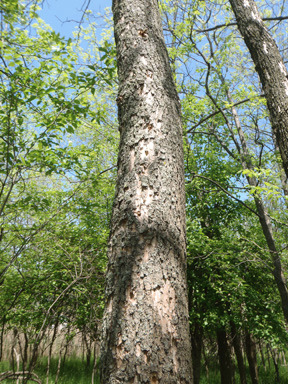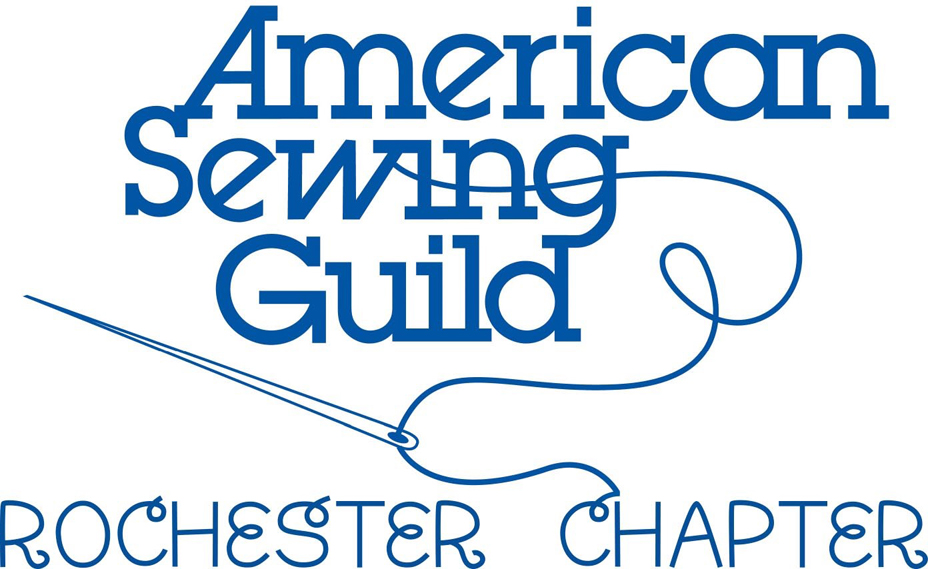How to handle Emerald Ash Borer problems
 Woodpecker damage on an Emerald Ash Borer infected ash tree. It’s the beginning of a new year; the trees have lost their leaves, the snow is on the ground and the Emerald Ash Borer is resting in a pre-pupal state about ½ inch inside the bark of the ash tree.
Woodpecker damage on an Emerald Ash Borer infected ash tree. It’s the beginning of a new year; the trees have lost their leaves, the snow is on the ground and the Emerald Ash Borer is resting in a pre-pupal state about ½ inch inside the bark of the ash tree.
The adult Emerald Ash Borer (EAB) is a brilliant metallic green color. The upper side of the abdomen, which can be seen when the wings are spread, is a metallic purplish-red. Adult EAB average 3/8 inch to 3/4 inch (10 mm to 20 mm) long and 1/6 inch (4 mm) wide, but we don’t often see the adult. What we do see is the effect of the larval stage of EAB as it feeds on the phloem (the inner bark, the pipeline through which food is passed from the leaves to the rest of the tree) and the cambium (the growing part of the trunk, located between the phloem and the sapwood) of ash trees.
Detection of EAB in newly infested trees is difficult as the trees tend to exhibit few, if any, visible external symptoms of infestation. When EAB infestations begin in an area it can take years for the first trees to die and in these cases EAB is very difficult to detect. The first symptoms to occur are cracks in the bark where the individual EAB have been feeding. When trees begin to decline rapidly with further EAB population buildup, canopy thinning and epicormic sprouting (water sprouts) are tell tale signs.
How do you know if your ash trees are currently harboring pre-pupal Emerald Ash Borers? One of the detection options available right now is woodpecker damage. As EAB populations build, woodpeckers learn to feed on them and their foraging efforts are easy to detect even from long distances.
One of the first easily noticeable signs of infestation is often the presence of abundant bark flaking and uneven holes drilled by woodpeckers as they feed on EAB larvae and pupa. This sign is not reliable where woodpeckers are not abundant such as in industrial areas or city centers. Woodpeckers often scrape off the outer flakes of bark in their foraging area creating a “blonde” patch. This blonding is highly visible from a distance, especially when wet. Although bark can be flaked off ash trees by any number of influences, you can distinguish woodpecker foraging by the little dark holes where they have penetrated the bark to remove an EAB larva.
If you think you have Emerald Ash Borer: First, contact your local Cornell Cooperative Extension office or your NYS Agriculture and Markets agent, or call DEC’s toll-free Firewood and Invasive Insects Hotline at 866-640-0652 or email firewood@gw.dec.state.ny.us to help you make a positive identification.
Once it is confirmed that you have EAB, you have three options: you can remove and replace your ash trees, you can treat them with a systemic insecticide until they can be removed, or you can treat them with systemic insecticides for the duration of the infestation. Do your research on the insecticide treatments – a great resource for this is the New York State Invasive Species website, < http://www.nyis.info>, specifically “Management and Control Options” on the Emerald Ash Borer page.
When making your decision, it is also important to consider that not all trees will respond the same to treatment. Young, vigorously growing trees are going to respond best to application of systemic insecticides. Large trees that have been repeatedly pruned or have lost large branches may have a compromised vascular system and may not be able to spread the insecticide evenly throughout the crown. These trees may have large branches killed by EAB, and be aesthetically changed or even dangerous.
For a map of where EAB has been detected in New York State, visit the Department of Environmental Conservation’s EAB webpage at < http://www.dec.ny.gov/animals/42674.html>.




